
Have you ever considered growing your own leafy greens at home, but aren’t sure where to start? If so, hydroponic techniques could be the perfect solution for you. By using nutrient-rich water solutions instead of soil, hydroponic systems offer a more efficient and sustainable way to cultivate a variety of crops, including leafy greens. In this article, we will explore some of the top hydroponic techniques for growing leafy greens, so you can enjoy fresh, homegrown produce all year round.
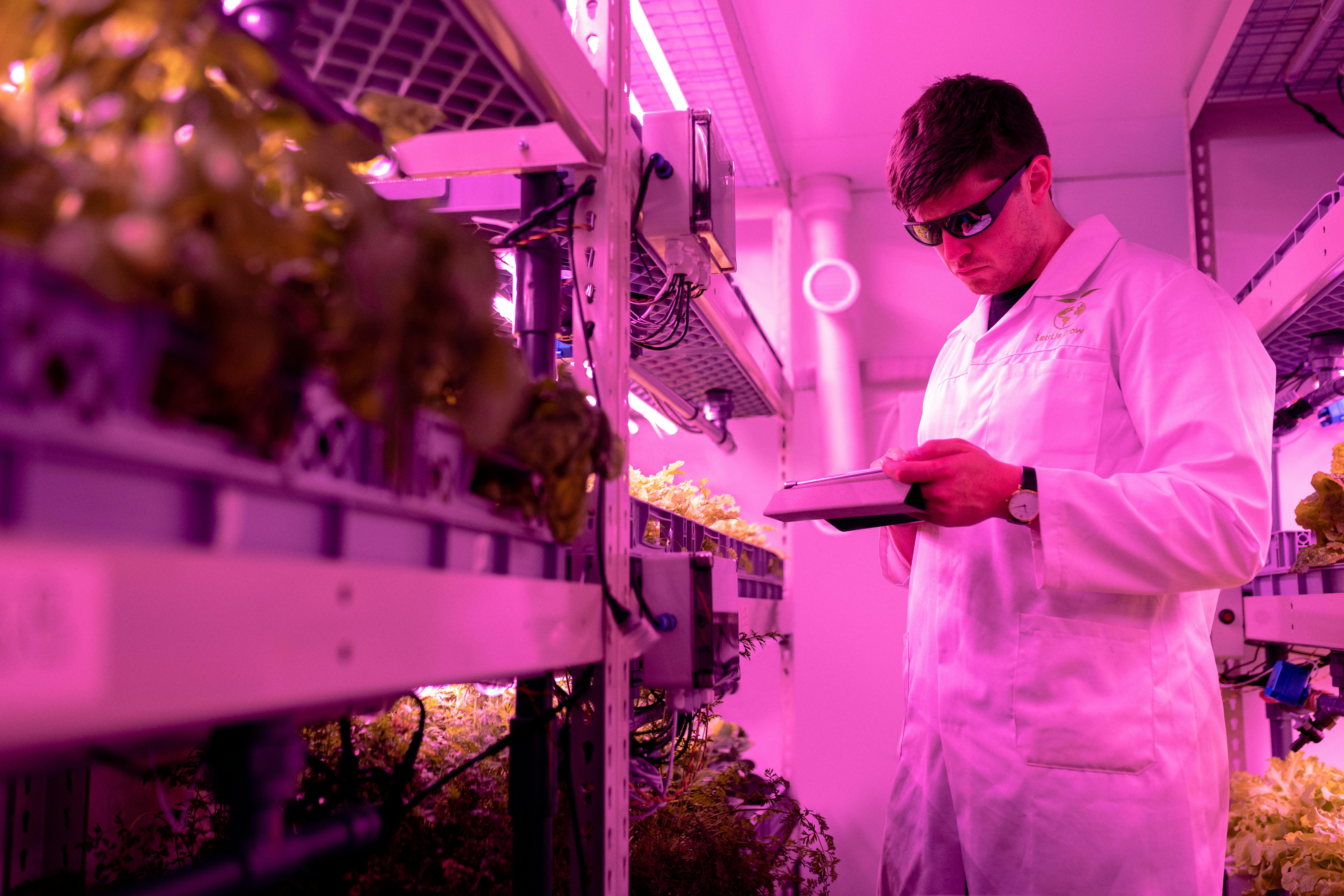
Benefits of Hydroponic Growing Systems
When it comes to growing leafy greens, hydroponic systems offer a range of benefits that make them an attractive option for both novice and experienced gardeners. One of the main advantages of hydroponics is the ability to grow plants faster and with higher yields compared to traditional soil gardening methods. By providing nutrients directly to the plant roots, without the need for soil, plants can absorb essential elements more efficiently, leading to healthier and more robust growth.
Conserve Water:
Hydroponic systems use up to 90% less water than traditional soil gardening methods, making them an environmentally friendly choice. By recycling and reusing the nutrient solution, you can save water and reduce overall water consumption in your gardening practices.
Grow Year-Round:
One of the great advantages of hydroponics is that it allows you to grow crops year-round, regardless of external weather conditions. Whether it’s scorching hot or freezing cold outside, you can maintain a controlled environment for your leafy greens, ensuring a consistent harvest throughout the year.
Reduce Risk of Pests and Diseases:
Since hydroponic systems eliminate the need for soil, they also reduce the risk of soil-borne diseases and pests that can harm your plants. This means you can enjoy healthier crops without the need for chemical pesticides or herbicides.
Sustainable and Efficient:
Overall, hydroponic systems provide a sustainable and efficient approach to growing fresh, nutritious crops. By using fewer resources and reducing wastage, you can enjoy a more eco-friendly and cost-effective method of gardening.
Types of Hydroponic Systems for Growing Leafy Greens
There are several different types of hydroponic systems that you can use to grow leafy greens, each with its own advantages and ideal growing conditions. Depending on your space, budget, and experience level, you can choose the system that best suits your needs. Here are some of the most popular hydroponic techniques for growing leafy greens:
Deep Water Culture (DWC):
Deep water culture, also known as the “raft system,” is one of the simplest and most cost-effective hydroponic systems available. In a DWC system, plants grow directly in a nutrient-rich solution, with their roots submerged in water. An air pump is used to oxygenate the water and prevent root rot. This method is ideal for growing leafy greens like lettuce, spinach, and kale.
Nutrient Film Technique (NFT):
The nutrient film technique is another popular method for growing leafy greens hydroponically. In an NFT system, plants are placed in channels or tubes, with a thin film of nutrient solution flowing over the roots. This constant flow of water provides plants with a steady supply of nutrients and oxygen. NFT systems are ideal for growing crops with shallow root systems, such as lettuce and herbs.
Ebb and Flow (Flood and Drain):
Ebb and flow systems work by periodically flooding plant roots with nutrient solution and then draining it back into a reservoir. This cycle ensures that plants receive the necessary nutrients while also allowing the roots to breathe. Ebb and flow systems are versatile and can be adapted to grow a variety of crops, including leafy greens.
Wick System:
The wick system is one of the simplest hydroponic setups, making it perfect for beginners or those with limited space. In this system, plants are grown in a growing medium, such as coconut coir or perlite, and a wick delivers nutrient solution from a reservoir to the plant roots. While the wick system is not as efficient as other methods, it can still produce healthy crops of leafy greens.
Aeroponics:
Aeroponic systems suspend plant roots in the air and mist them with a nutrient solution. This method allows for maximum oxygenation of the roots, promoting rapid growth and healthy development. Aeroponics is a high-tech option that requires more maintenance but can produce impressive yields of leafy greens.
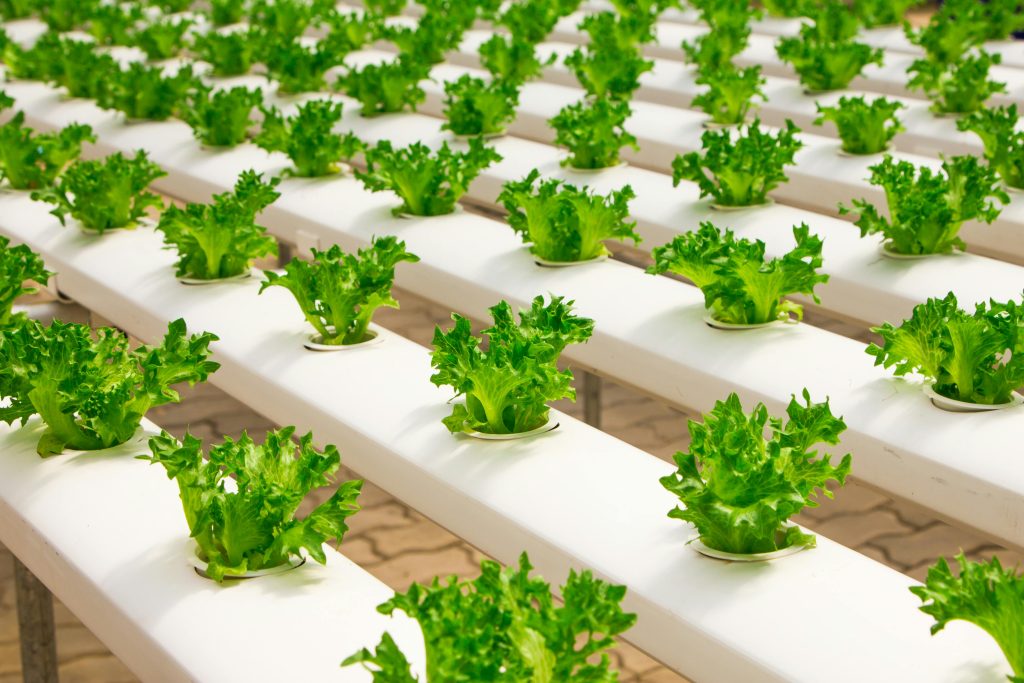
Choosing the Right Hydroponic Technique for Your Needs
When selecting a hydroponic system for growing leafy greens, it’s essential to consider factors such as space, budget, expertise, and personal preferences. Each hydroponic technique has its own set of pros and cons, so it’s essential to choose the one that aligns with your gardening goals. Here are some tips for selecting the right hydroponic technique for your needs:
Space:
If you have limited space, consider a compact hydroponic system like a wick system or a deep water culture setup. These systems are suitable for small apartments or balconies and require minimal maintenance.
Budget:
Hydroponic systems can vary significantly in cost, depending on the complexity and size of the setup. If you’re on a tight budget, start with a simple system like a wick or deep water culture, then upgrade to more advanced setups as you gain experience.
Expertise:
Some hydroponic systems require more technical knowledge and maintenance than others. If you’re new to hydroponics, start with an easy-to-use system like deep water culture or nutrient film technique. As you become more comfortable with hydroponic gardening, you can explore more advanced techniques.
Personal Preferences:
Consider your own preferences and gardening style when choosing a hydroponic system. Do you enjoy hands-on gardening, or do you prefer a more automated approach? Are you looking for a high-tech system with impressive yields, or do you prefer a simple, low-maintenance setup? By considering your preferences, you can select a hydroponic technique that suits your lifestyle.
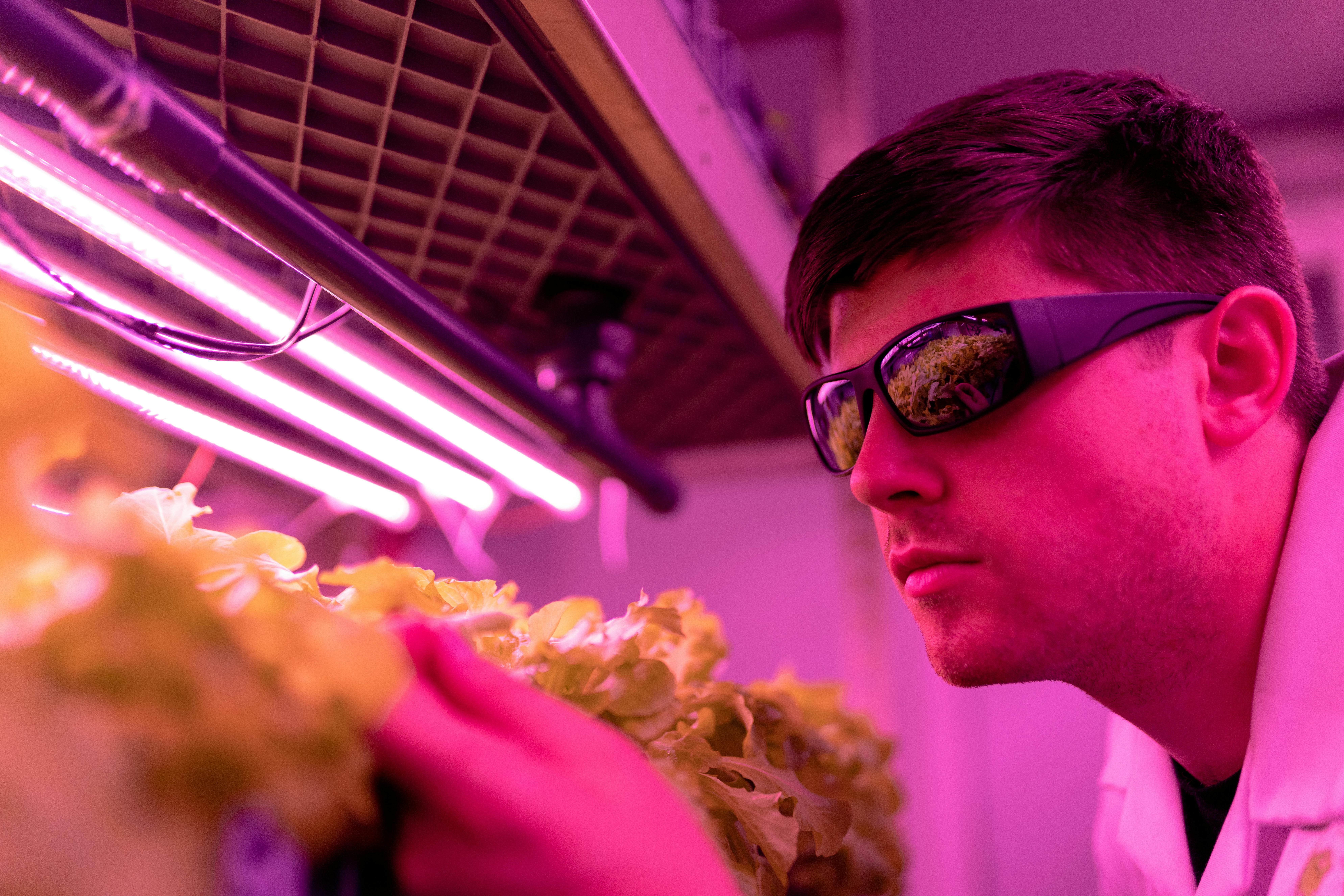
Tips for Growing Healthy Leafy Greens Hydroponically
Growing leafy greens hydroponically requires careful attention to plant nutrition, environmental conditions, and maintenance practices. By following these tips, you can ensure that your hydroponic crops thrive and produce bountiful harvests year-round:
Monitor pH Levels:
Leafy greens thrive in slightly acidic conditions, so it’s essential to monitor the pH levels of your nutrient solution regularly. Keep the pH between 5.5 and 6.5 for optimal nutrient absorption and plant growth. Use a pH meter or test strips to check the pH levels and adjust as needed.
Provide Sufficient Light:
Leafy greens require ample light to grow and flourish, so it’s crucial to ensure that your hydroponic setup receives enough light. If you’re growing indoors, consider using grow lights to supplement natural light and provide your plants with the energy they need to photosynthesize effectively.
Maintain Proper Nutrient Levels:
Leafy greens need a balanced diet of essential nutrients to grow healthy and vigorous. Make sure to regularly check and adjust the nutrient levels in your hydroponic system to provide your plants with the nutrients they need. Use a high-quality hydroponic nutrient solution to supply your plants with all the necessary elements for optimal growth.
Control Temperature and Humidity:
Leafy greens prefer moderate temperatures and high humidity levels, so it’s essential to maintain a suitable environment for your plants. Keep the temperature between 65-75°F and the humidity between 50-70% to promote healthy growth and prevent common plant diseases.
Prune and Harvest Regularly:
To encourage vigorous growth and prevent overcrowding, make sure to prune your leafy greens regularly. Remove any damaged or yellowing leaves to promote new growth and ensure that each plant receives enough light and space to thrive. Harvest mature leaves regularly to enjoy fresh, nutritious greens from your hydroponic garden.
Prevent Algae Growth:
Algae can be a common issue in hydroponic systems, especially when exposed to excess light and nutrients. To prevent algae growth, keep your nutrient solution covered and avoid prolonged exposure to direct sunlight. Consider using opaque containers or light-blocking materials to shield your system from light and reduce the risk of algae.
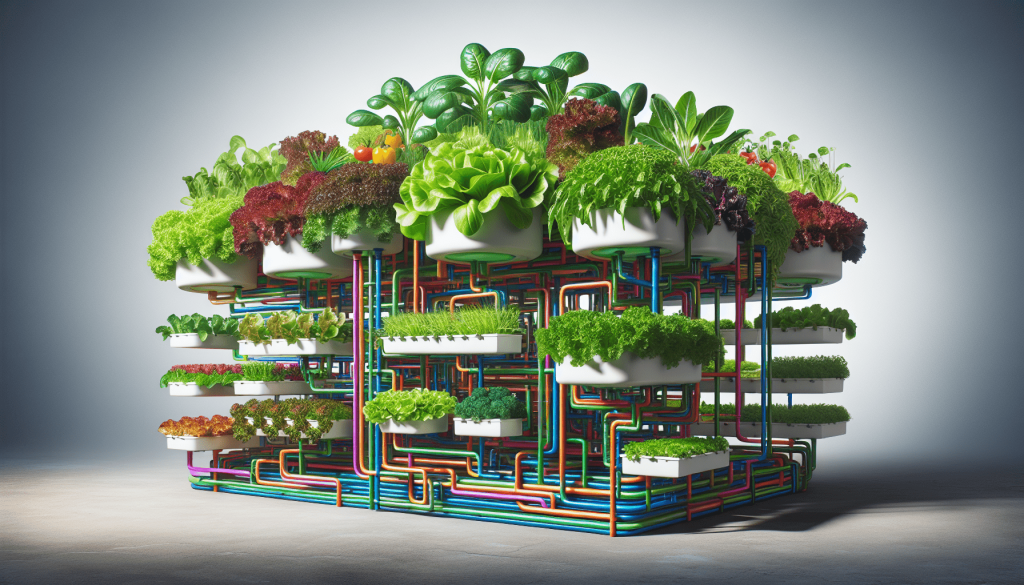
Troubleshooting Common Issues in Hydroponic Systems
While hydroponic gardening offers many advantages, it’s essential to be aware of common issues that can arise and how to address them effectively. By troubleshooting potential problems promptly, you can ensure that your hydroponic crops remain healthy and productive. Here are some common issues in hydroponic systems and how to resolve them:
Nutrient Deficiencies:
One common issue in hydroponic systems is nutrient deficiencies, which can manifest as discoloration, stunted growth, or poor fruit development. To address this issue, regularly check the nutrient levels in your system and adjust the solution as needed. Consider using a complete hydroponic nutrient formula to ensure that your plants receive all the essential elements for healthy growth.
Root Rot:
Root rot is a common problem in hydroponic systems that can occur due to overwatering, poor oxygenation, or bacterial infections. To prevent root rot, ensure that your system has proper drainage and aeration, avoid overwatering your plants, and maintain a clean and sanitary environment. Consider using an air stone or air pump to oxygenate the water and prevent stagnant conditions that can promote root rot.
Pest Infestations:
Even in hydroponic systems, pests can be a persistent problem, affecting the health and productivity of your crops. To prevent pest infestations, regularly inspect your plants for signs of damage or pests and take proactive measures to control their populations. Consider using natural pest control methods, such as beneficial insects or organic pesticides, to protect your plants without harmful chemicals.
pH Imbalance:
Fluctuations in pH levels can negatively impact plant growth and nutrient absorption, leading to nutrient deficiencies and stunted development. Regularly test the pH levels of your nutrient solution and adjust them as needed to maintain a stable and optimal pH range for your plants. Consider using pH buffers or pH-adjusting solutions to stabilize the pH and prevent imbalances that can harm your crops.
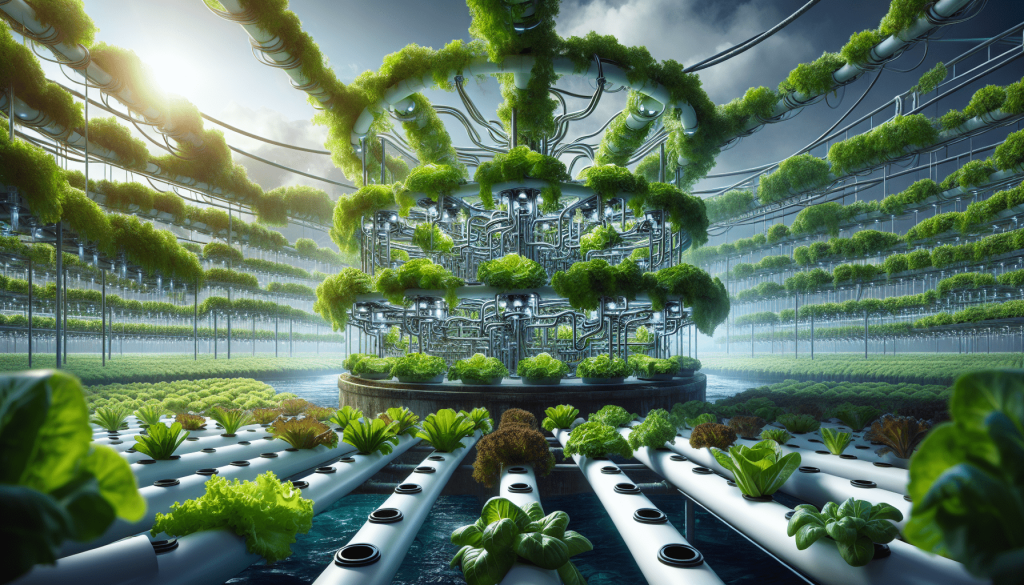
Conclusion
Growing leafy greens hydroponically offers a sustainable, efficient, and rewarding way to cultivate fresh, nutritious crops at home. By utilizing the right hydroponic techniques, providing optimal growing conditions, and following best practices for plant care, you can enjoy a bountiful harvest of healthy greens throughout the year. Whether you’re a beginner or an experienced gardener, hydroponic systems provide a versatile and practical solution for growing leafy greens in any environment. So why not give hydroponic gardening a try and enjoy the benefits of homegrown produce right at your fingertips.










